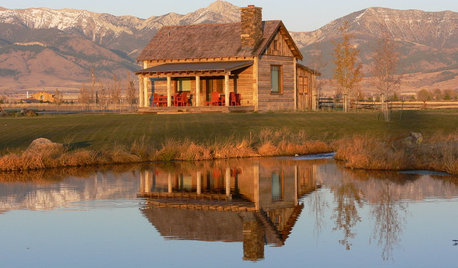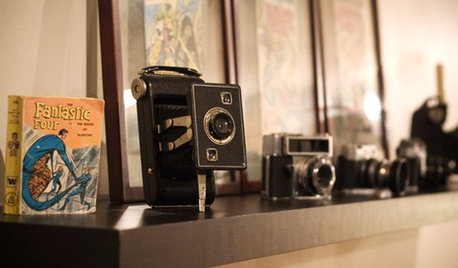For anyone who may be planning to cull a goose in the near future, I thought I would post about our experience yesterday. As many of you know, our gander became increasingly hostile and aggressive since the breeding season began in February... and he just got worse and worse. Finally I decided he had to go. Well! I've processed chickens and rabbits and (long ago) wild ducks, snowshoe hares, partridge and squirrels... but this was something else again.
Sunday night we crated him with water but no food. Monday morning, we threw a rope over the branch of the old apple tree, cut the corner off a feed bag to restrain his flapping and - brainwave on Brian's part! - found an old sock to put over the gander's head. This confused and quieted him so that Brian and my son David could get him into the feed sack and hung upside down from the apple bough. Then Brian cut his neck to kill him and bleed him out. I also asked him to remove the head altogether. The sock (discarded after this) had kept the blood from getting all over the neck feathers, which was a help.
That part went smoothly enough. No struggling or noise to upset the broody geese. When Brian brought the carcass in, my work began. I had a good idea. I put a paper towel inside a baggie and placed it over the stump of the neck and put an elastic band around it to hold it in place. This contained any blood and kept the feathers clean while I plucked.
Plucking took forever. I was anxious to preserve the small body feathers and down, so I did not scald first. Dry plucking a goose is hard work. My fingers ached. But oh! the feathers and down were beautiful. I couldn't believe how much I harvested from him. I also saved some of the largest wing feathers and may try to make a quill pen, just for fun.
One thing to keep in mind is the timing when processing a goose. We did not have that luxury this time, and the underside of the neck and upper breast were almost impossible to pluck thoroughly due to the number of pin feathers. The larger pin feathers came out easily, although they were gross and pulpy, but the tiny neck feathers were just about impossible.
From Dave Holderread's "The Book of Geese" I knew that it is best to wait until there is a time with few pin feathers, and if we have young geese to slaughter in the fall I will certainly plan it better. After four hours!!! of struggling to pluck the goose, I gave up and removed the breasts with the skin attached and then skinned the rest of the goose. The meat was very dark and lean, but looked appetizing.
I was amazed how little fat was on this fellow. Less than on a five-month-old cockerel. Less even than on a twelve-week-old rabbit. A small handful of body fat, maybe three ounces.
(Don't be thinking I starve my geese. They've had layer mash free choice all winter plus scratch in cold weather. In additon there have only been a handful of days when the snow was too deep for them to forage.)
The liver was dark and healthy, but no bigger than on a cockerel. The heart and gizzard were large, however. The testicles were quite small --- especially when you consider the amount of testosterone he was exhibiting! When I opened the gizzard I was amazed at how fine the grit he had ingested was... like coarse sand. I always supply grit for them in various sizes. Perhaps his gizzard had broken it down... it was quite a muscle. LOL. You'll have gathered that I believe in gathering what information is available!
To continue... the beast was almost as difficult to skin as to pluck. It was another hour before I had everything finished and cleaned up. Start to finish, the job took me FIVE HOURS. When I finished, I poured a very large sherry and put my feet up for awhile. Fortunately, I had cooked double the night before, so all I had to do was reheat the leftover rabbit and rice.
I'm not posting this to disourage anyone with geese, or who is thinking of getting geese. They are wonderful birds, hardy and cheap to feed, fast-growing, healthy and delicious. But, for the future, I will keep these points in mind:
- pen and fatten the bird for a bit
- slaughter at a time when the feathers are mature
- scald before plucking
We did some things right. The sock, the feed sack and the baggie were good ideas. I had three containers to pluck into: down, small body feathers and waste. This was good. But it is obvious to me that I still have a lot to learn. I would welcome suggestions from anyone who may have had experience with processing geese. I need all the help I can get!













sullicorbitt
Maggie_JOriginal Author
Related Discussions
Best method to cull a gander?
Q
Update #9...Waterlily-ily-ing
Q
Update Golden Oak Cases
Q
Freezing temps have culled my jade collection
Q
Maggie_JOriginal Author
sullicorbitt
Maggie_JOriginal Author
sullicorbitt
Maggie_JOriginal Author
sullicorbitt